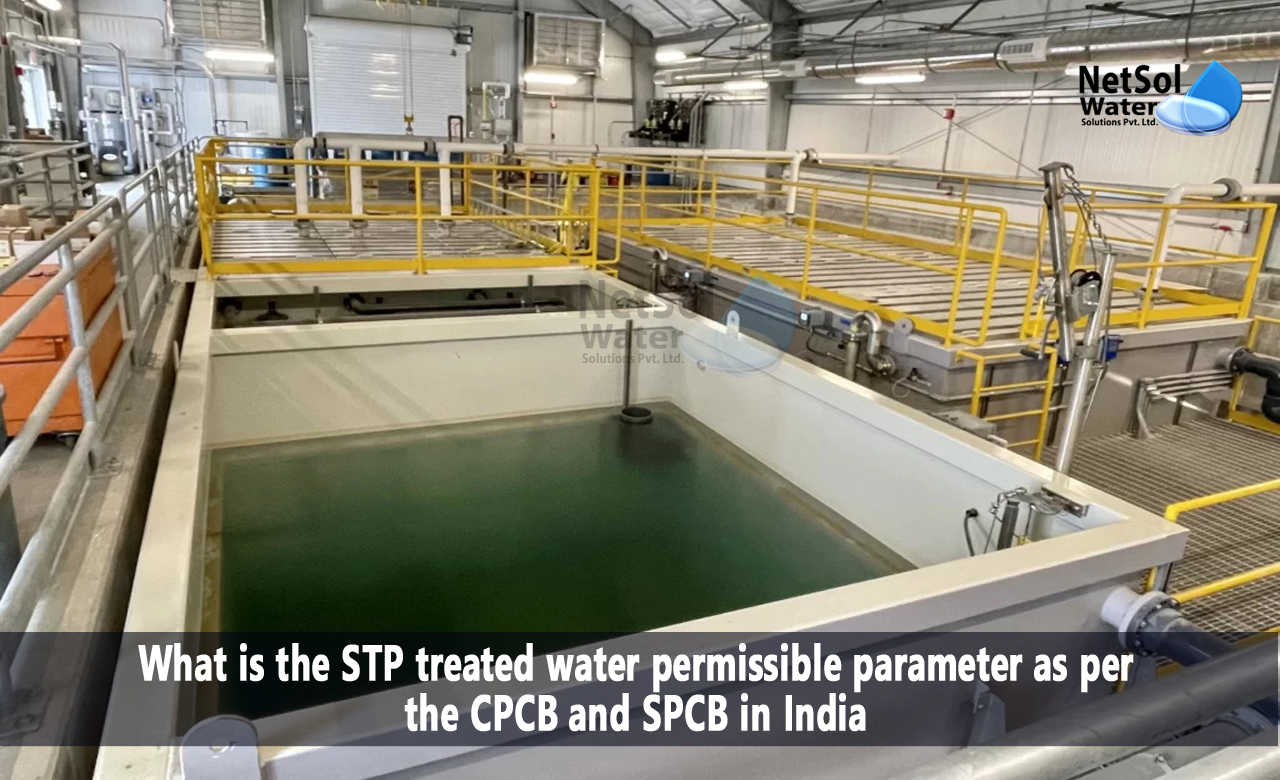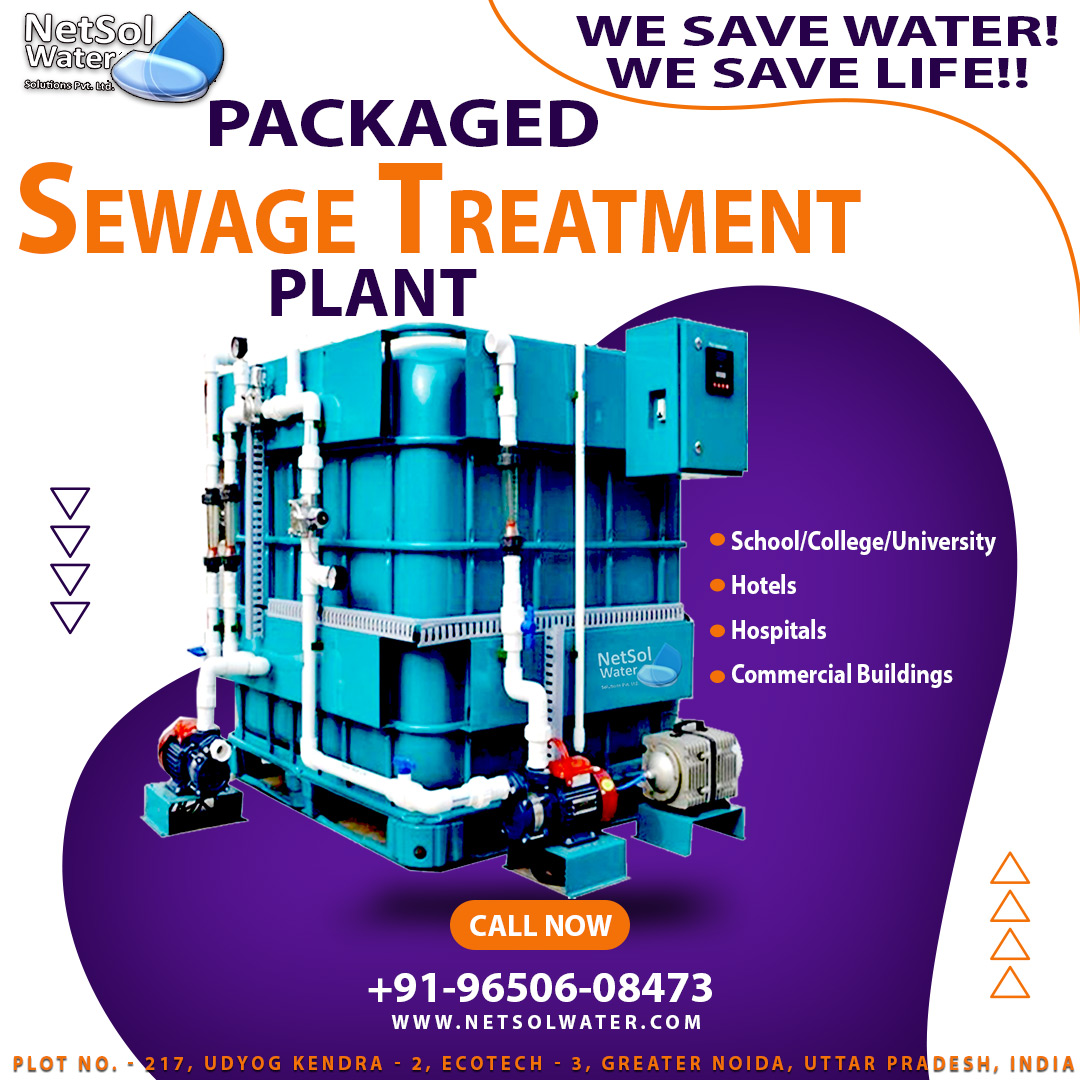STP treated water permissible limit as per CPCB & SPCB
Indian Environmental Protection – Effluent or Wastewater Treatment. CPCB and SPCBs have set up rigid standards for the discharge of treated waste water in the environment to ensure its safe disposal. This section is about establishing the acceptable levels of key parameters in treated wastewater or sewage treatment plant (STP) water by CPCB and SPCBs.
BOD (Biochemical Oxygen Demand):
CPCB Standard: In this regard, it is noted from CPCB that the allowable limit for BOD in treated wastewater is thirty (30) mg/L.
SPCB Variation: Such SPCBs may prescribe lower and even area-specific limits owing to local environmental conditions.
COD (Chemical Oxygen Demand):
CPCB Standard: Generally, CPCB restricts COD limit of treated waste water to be less than 250 mg/L.
SPCB Variation: However, SPCBs could impose lower limits according to local conditions and industrial operations.
Oil and Grease:
CPCB Standard: The CPCB guidelines usually set a maximum limit of 10 mg/L for oil and grease in treated wastewater.
SPCB Variation: However, state boards have the authority to adjust this limit according to regional conditions and industrial activities.
TSS (Total Suspended Solids):
CPCB Standard: Usually the permitted limit for TSS in treated wastewater by CPCB is less than 100 mg/L.
SPCB Variation: They may also decide to establish lower or regional boundaries due to the special nature of their surroundings.
pH (Hydrogen Ion Concentration):
CPCB Standard: Treated wastewater from CPCB should have a pH range of 6.5 to 8.5.
SPCB Variation: The above range of values may be slightly adjusted, particularly by SPCBs for particular areas.However, it is worth noting that the limits can differ in different regions and even CPCB can give more rigid provisions while other SPCBs have more severe parameters. When it comes to discharging treated wastewater, industries and wastewater treatment facilities must follow the more stringent of the two requirements.
Importance of Compliance
Compliance with these wastewater quality standards is crucial for several reasons:
Environmental Protection: That is why discharged water should meet all the mentioned standards to avoid affecting aquatic ecosystems.
Public Health: Treated wastewater decreases the prospects of polluting the sources of drinking water and recreational water bodies.
Legal Obligations: Not conforming to these standards can result in law suits, fines and closure of non-compliant facilities.
Sustainable Development: Ensuring responsible wastewater management is vital in attaining sustainable development, leading to healthy and cleaner communities.
Conclusion
The CPCB and SPCBs have an important role in establishing and implementing wastewater quality criteria in India. This helps to protect the environment, public health and also ensure legal compliance. Indian industries and wastewater treatment facilities need to be attentive to such standards, especially when it comes to stricter limits prescribed by the SPCB. They must prioritize attaining these standards to promote responsible and sustainable wastewater management in India.




